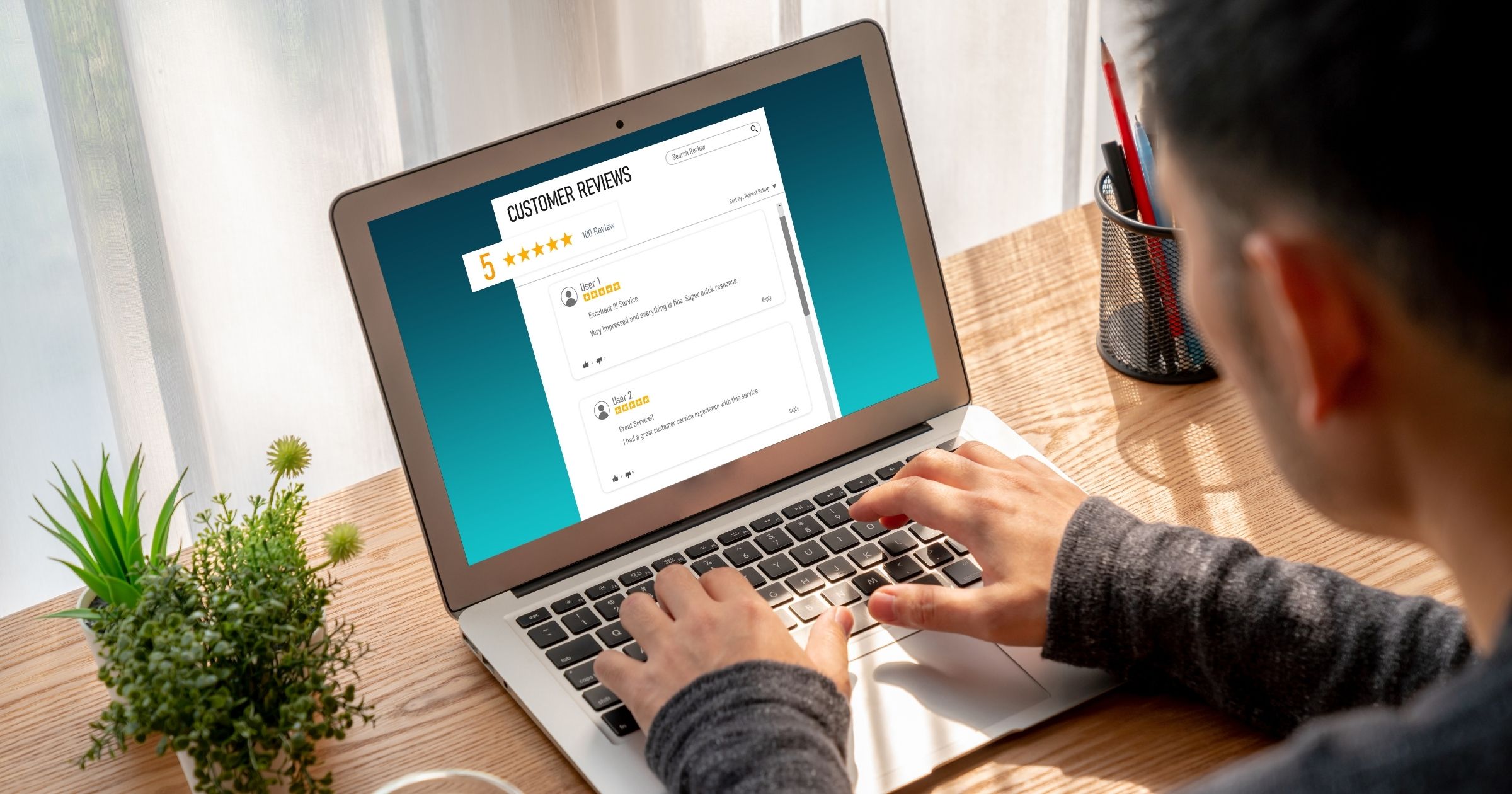Are Your Facebook Videos the Right Length?
Making videos for your business or organization can be a fruitful and rewarding endeavor, especially thanks to all the easy-to-access tools which can now be found right on our own smartphones. You may be making videos to provide updates to your clients, showcase your offerings, engage directly with your audience, or perhaps just for fun.
Whatever your reasoning, you may be looking for a way to know your video lengths are not too long (where people lose interest) and not too short (leaving people aching for more information). Is there a way to know for sure which way to go?
When it comes specifically to Facebook videos, there are indeed some best practices you could follow for a higher likelihood of success. According to the platform, both shorter and longer videos can do well, within certain limitations.
Shorter videos generally are ideal for things like teasers, interesting moments, announcements, and Facebook recommends they be less than one minute (unless it's a Facebook story—then it's a maximum of 15 seconds).
Episodic shows, developing storylines and live streaming are all types of videos which are better suited for a longer video format. While a longer video between 1-3 minutes is considered "good" by Facebook, videos that are 3 minutes and above are considered "best"—as long as the content is engaging and relevant to your audience.
For an example of a "longer" episodic video, check out one of our recent Groups Today conversations discussing tips for reengaging past clients. Clocking in with a timecode of 3:56, this video has an intro, utilizes a conversational tone, and closes things out with a way for viewers to get even more information after the video ends.
If while mapping out your video plan you discover your video might end up running longer than you'd like, but are having trouble figuring out what content to eliminate, take a journalistic approach and consider using the inverted pyramid method. This method says you must lead with the most critical information (the who, what, where, when, why), as your readers‚—or viewers, in this case—could stop engaging at any moment. The further into the article or video they go, the less important the information becomes. This information at the end is the "nice to know" information, versus the "need to know" essentials.
If you format your plans using this method, it becomes a much simpler task to "trim the fat" from the meaty information if a shorter timecode is your goal.
Written by Sarah Suydam, Managing Editor for Groups Today.



